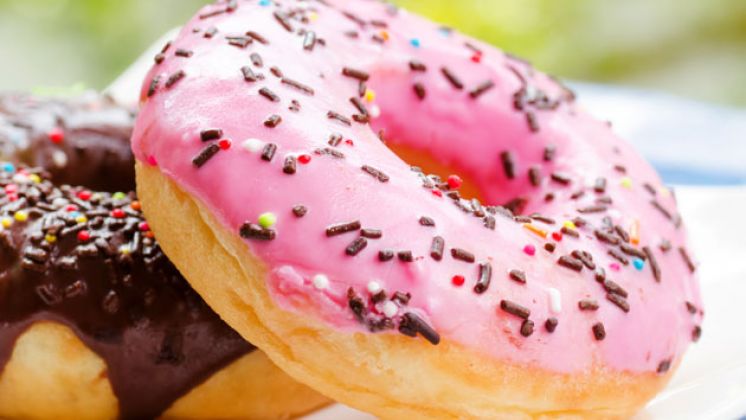Beat your junk food addiction
Craving sugar? Pulitzer-prize winning author Michael Moss knows how you can beat the addiction

Food companies are hooked on salt, sugar and fat. Does that sound odd?
It shouldn't. It's all part of a relentless drive to produce the most alluring food for the lowest possible cost - which leads the industry back to these three ingredients again and again.
Sugar not only sweetens. It replaces more costly ingredients - such as tomatoes in ketchup -to add bulk and texture. Fat can stimulate overeating and improve what's known as 'mouthfeel'.
And salt, which is barely more expensive than water, has miraculous powers when it comes to boosting the appeal of processed food.
Taste matters
Take sugar. The first thing to realise is that our bodies are hard-wired to love sweet tastes. There are special receptors for sweetness in every one of the mouth's ten thousand taste buds, and they’re all hooked up to the brain's pleasure zones.
Fat turns listless chips into crunchy marvels, parched bread into silky loaves, and allows processed foods to sit on the shelves for months. It can mask flavours or convey false ones, and it's present in a lot of foods - you might eat Snickers or M&Ms and think ’a-ha, carbohydrates' but 30 to 50% of their calories come from fat.
And finally, there's almost no processed food that doesn't deliver huge doses of salt. It gives taste appeal to everything from bacon to salad dressing.
Get the Coach Newsletter
Sign up for workout ideas, training advice, reviews of the latest gear and more.
Bad science
What's even more surprising, though, is how concerted this effort is. The food companies' scientists are working to come up with the perfect formula for a crave-inducing, blissfully addictive food. And that's aside from all the packaging andmarketing that can fool even smart shoppers. Even seemingly healthy-looking items can be loaded with salt, sugar and fat, As a shopper, it's vital to be aware of the subtle tricks being used - such as the placement of profitable but unwholesome foods at eye level, with healthier staples on the lowest shelf and the fresh fruit and veg off to the sides. But there's nothing subtle about the products. They're designed to be appealing.
Power trio
The good news is that it's not difficult to wean yourself off the unholy trinity. It's far easier for us to stop using salt than it is for the food companies, which are hopelessly hooked on it as a cheap ingredient.
Just knowing what to look for is empowering. You can walk through the shop and, while the gaudy packaging and empty promises are still distracting, you can see the products for what they are. It always pays to go in with a list because the producers and retailers have teamed up to provoke spontaneous decisions, putting the most tempting products in the hottest spots, such as aisle ends and near the tills. Reach high and low for the healthier options, and watch out for the tiny serving sizes in the nutrition facts box, which let companies claim they're serving up smaller loads of salt, sugar and fat. Cut out everything except fresh food for just six weeks and after that you'll find almost everything else in the supermarket is too salty, too sweet or too fatty.
The industry may have salt, sugar and fat on their side but we have the power to make choices. We decide what to buy. We decide how much to eat.
Coach is a health and fitness title. This byline is used for posting sponsored content, book extracts and the like. It is also used as a placeholder for articles published a long time ago when the original author is unclear. You can find out more about this publication and find the contact details of the editorial team on the About Us page.

